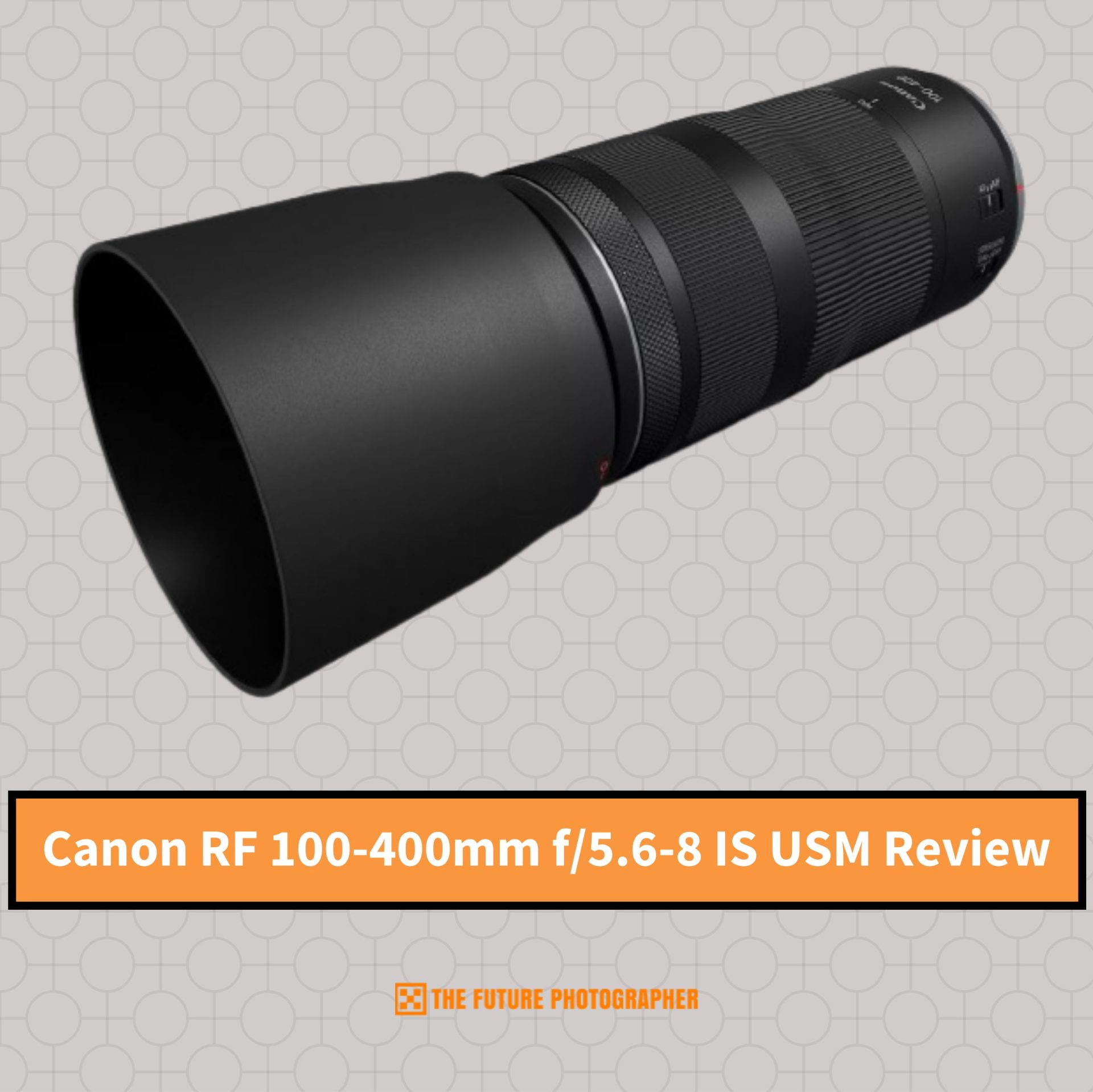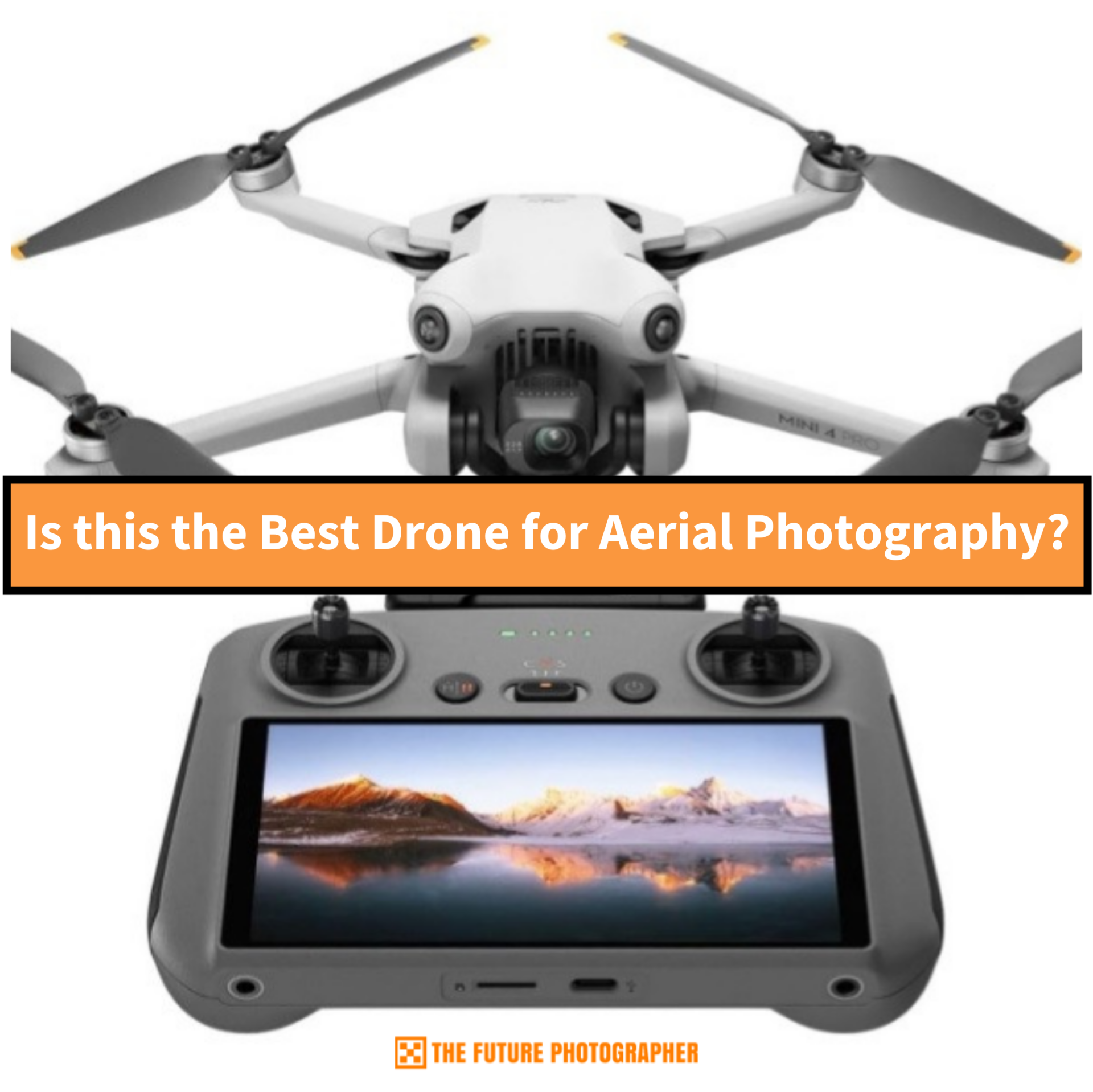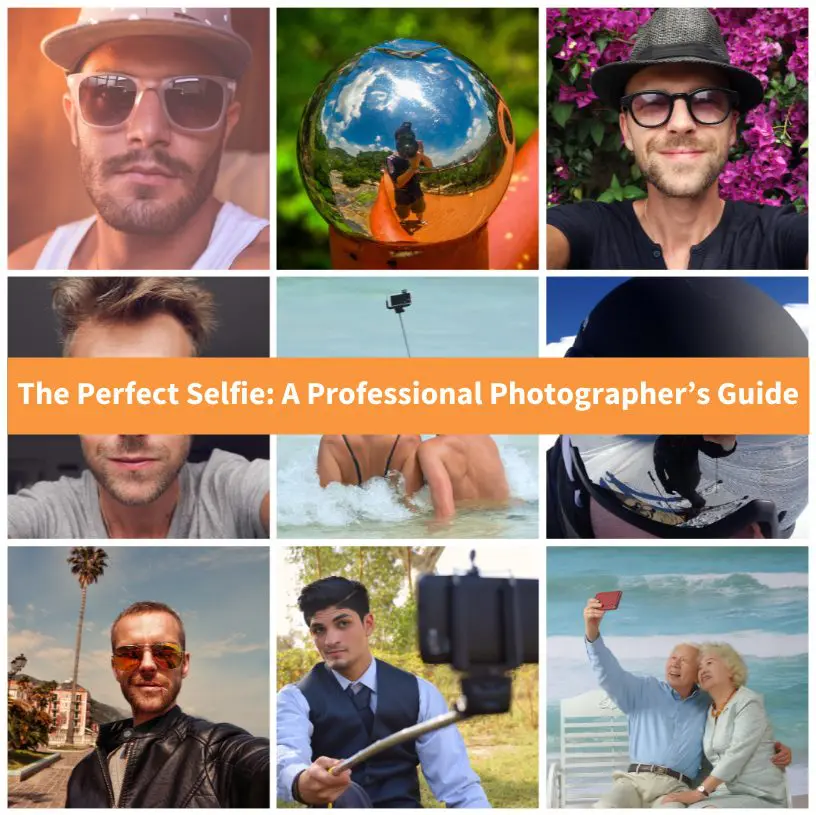
What are ISO settings, you might ask? As a beginner, it is easy to get confused when it comes to so many photography terms that seem outer-worldly. But managing your ISO camera setting is easier than you think. And we’re here to help and show you how. But first things first.
What is ISO?
Going back to the good ol’ days of film photography, ISO was an indicative of how sensitive the film was to light. The lower the ISO, the lower the sensitivity. This reflected in that specific grain we see in both traditional and digital photography.
Now, back to the present, when digital photography has taken over film photography, not much has changed. ISO is used to measure the sensitivity to the image sensor in your digital camera. As in film photography, the lower the number, the finer the grain (noise).

A thing or two about ISO Settings
Cameras have a thing called “Base ISO”. This is the lowest ISO number, and it usually starts at 100. As a rule, it is best to stick to the base ISO so that your pictures come out noise-free. But there are some instances when you simply can’t, and we’ll get to that too.
As we said, ISO numbers start from 100 and increase in number doubling the prior one. As such, ISO sequence looks something like this: 100, 200, 400, 800, 1600, 3200, and so on. Each progression doubles the sensitivity, and at the same time lowers the time needed to capture the image. For example, at ISO 100 the sensor needs one second to capture the picture, while at ISO 200 is only requires half a second.
Many people tend to keep their cameras in “Auto Mode”, letting the device figure out the ISO settings for itself. Professional photographers or curious amateurs take upon themselves to select the proper camera ISO setting and play around until they finally get it right. Most cameras today have a manual mode, and you can decide all settings yourself.
It’s best not to leave it up to the camera to decide the ISO settings for you. Only you know best what’s the suitable shutter speed for that particular shot. Especially in low light conditions.
Higher ISO settings are usually used in low light situations. With an increased sensitivity, your camera can capture images in the dark without having to use the flash. However, the higher the sensitivity, the higher the noise. That’s where we need to be most careful.
When are low ISO Settings OK?
Whenever possible, go for ISO 100 or ISO 200, the “Base ISO” depending on your camera. To put it simply, is it sunny outside? Then use the lowest ISO because you really don’t need to increase it.
Low ISO is used when there’s plenty of light available. It helps the camera retain most details, and you get top image quality.

When are high ISO Settings OK?
Increasing the ISO is a delicate matter because it comes with pros and cons. If there isn’t enough light for your camera to capture the image, then by all means go for a higher number. You should also increase the ISO when you need to get fast shots. Shooting wildlife or sports, for example. Do keep in mind that it will add noise to the picture.
As a general rule, push that ISO to a high number in the following situations: at indoor sports events, concerts, art galleries, churches. And do take a tripod with you to prevent camera movement.

How do I use ISO Settings depending on photography types?
Photography is divided into dozens of categories. There are so many types of photography that it would take a while to go through all of them. They range from aerial, commercial, events, to travel, and underwater, to name a few. And they all require some particular settings.
Outdoors/Landscape
Go for the lowest ISO – 100 or 200, depending on your camera. You’ll get the best image quality. Use a tripod to prevent camera shake.
Sport
When shooting sports during a sunny day, a low ISO 400 would suffice. In the case of an overcast day or indoors event, you’ll need to increase the ISO to around 800-1200.
Astro
Shooting celestial bodies is tricky because you don’t have any powerful light source to help you out. Go for an ISO800 to 1600. It provides a shorter exposure and reduces object movement.
Half-Light and Wildlife
You have to really increase the ISO to get a proper picture in these conditions. This means going beyond ISO12800.
Nocturnal
In pitch black conditions, your camera does a better job at seeing object than you do. Increase the ISO settings to 51200 and more, and start shooting.

Using Auto ISO – Yay or Nay?
Auto ISO is a useful feature that DSLRs and newer point-and-shoot cameras possess. Enabling Auto ISO lets the camera change the ISO to achieve the best image quality. It’s a safety net for when you don’t have time to play with the camera’s settings. It is very beneficial in those instances where light conditions change rapidly or in wildlife photography, for example.
Auto ISO in Aperture Mode
In this mode, you only need to choose the aperture (f/#) and your camera will determine what shutter speed to use to provide the correct exposure and prevent camera shake. It’s useful unless you have moving subjects. So it might be best not to use Auto ISO in Aperture Mode when shooting sports, wildlife, and other types of action photography.
Auto ISO in Shutter Speed Mode
Here, we go the other way. You can select the desired shutter speed while the camera will determine the f/#. In this mode, the ISO will increase to fit the chosen shutter speed. You can use it in action and wildlife photography.
Auto ISO in Manual Mode
Set an aperture and a shutter speed and the Auto ISO will increase or decrease to the value needed to provide the correct exposure. However, in old Canon (and other brands) cameras, for example, in Manual mode, the Auto ISO sets itself to mid brightness exposure. You can’t adjust the exposure on such cameras, but newer models should have this problem fixed.






